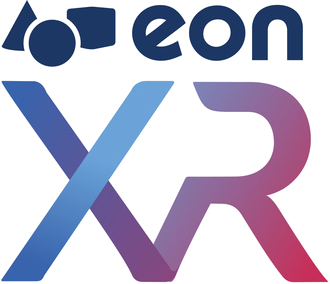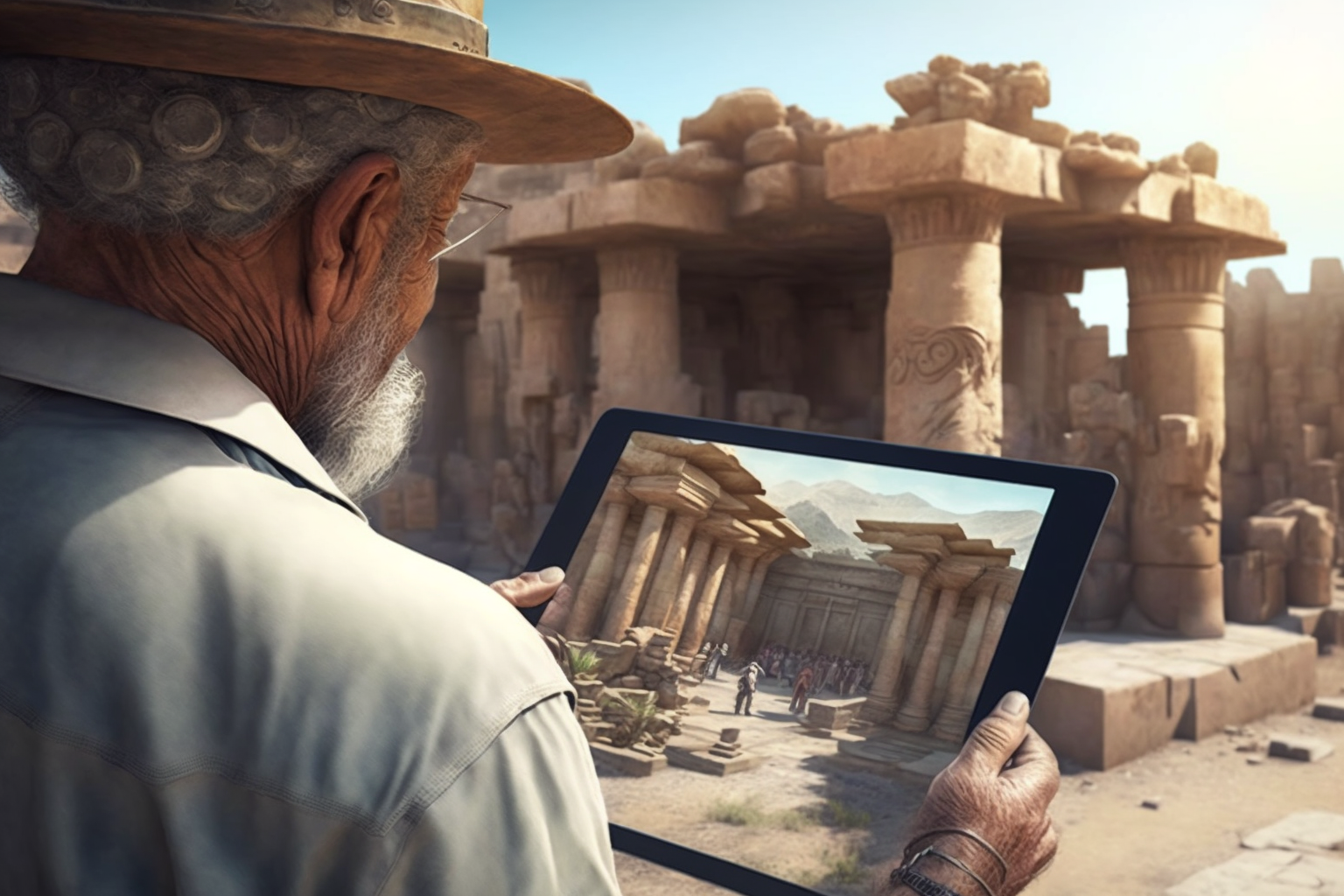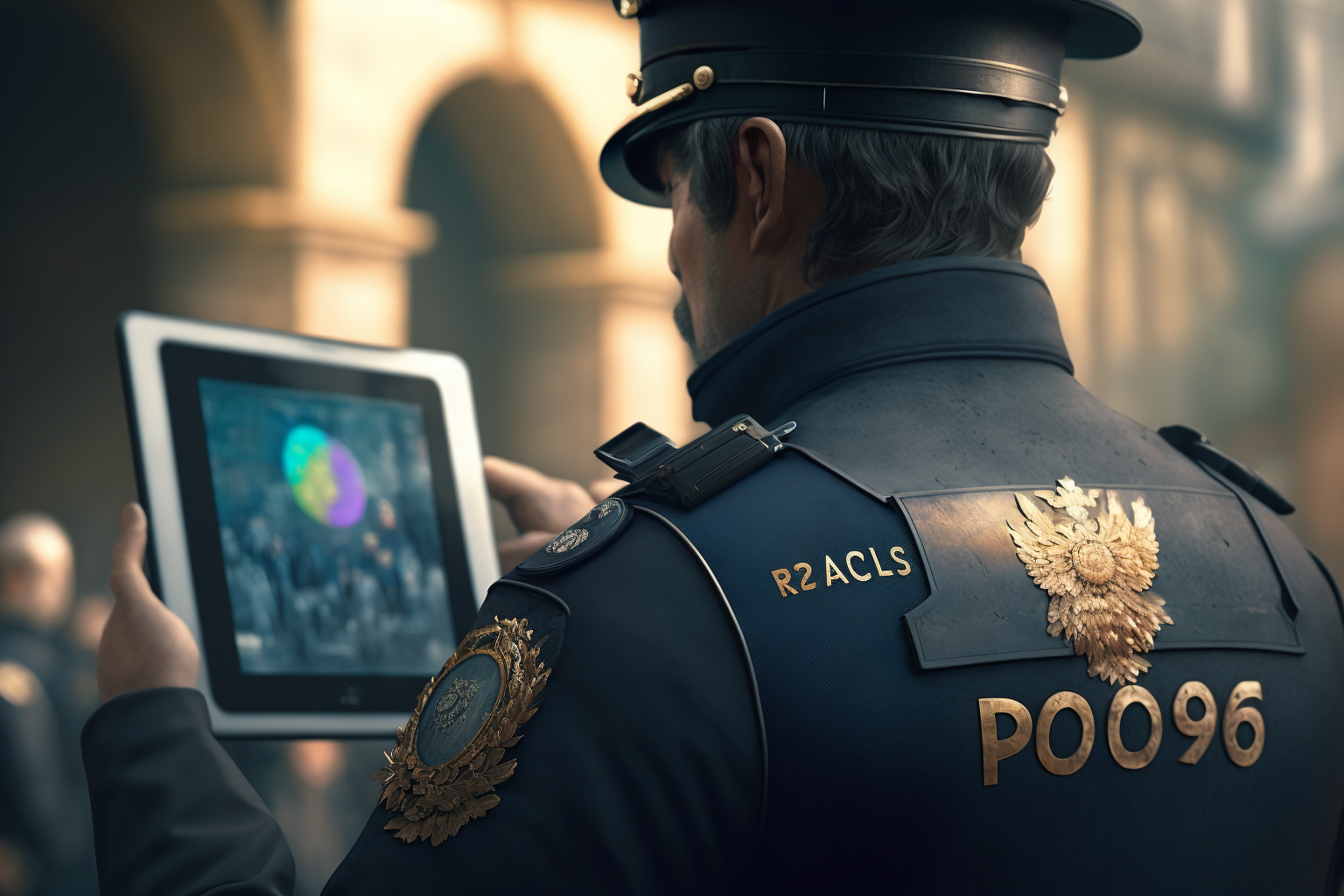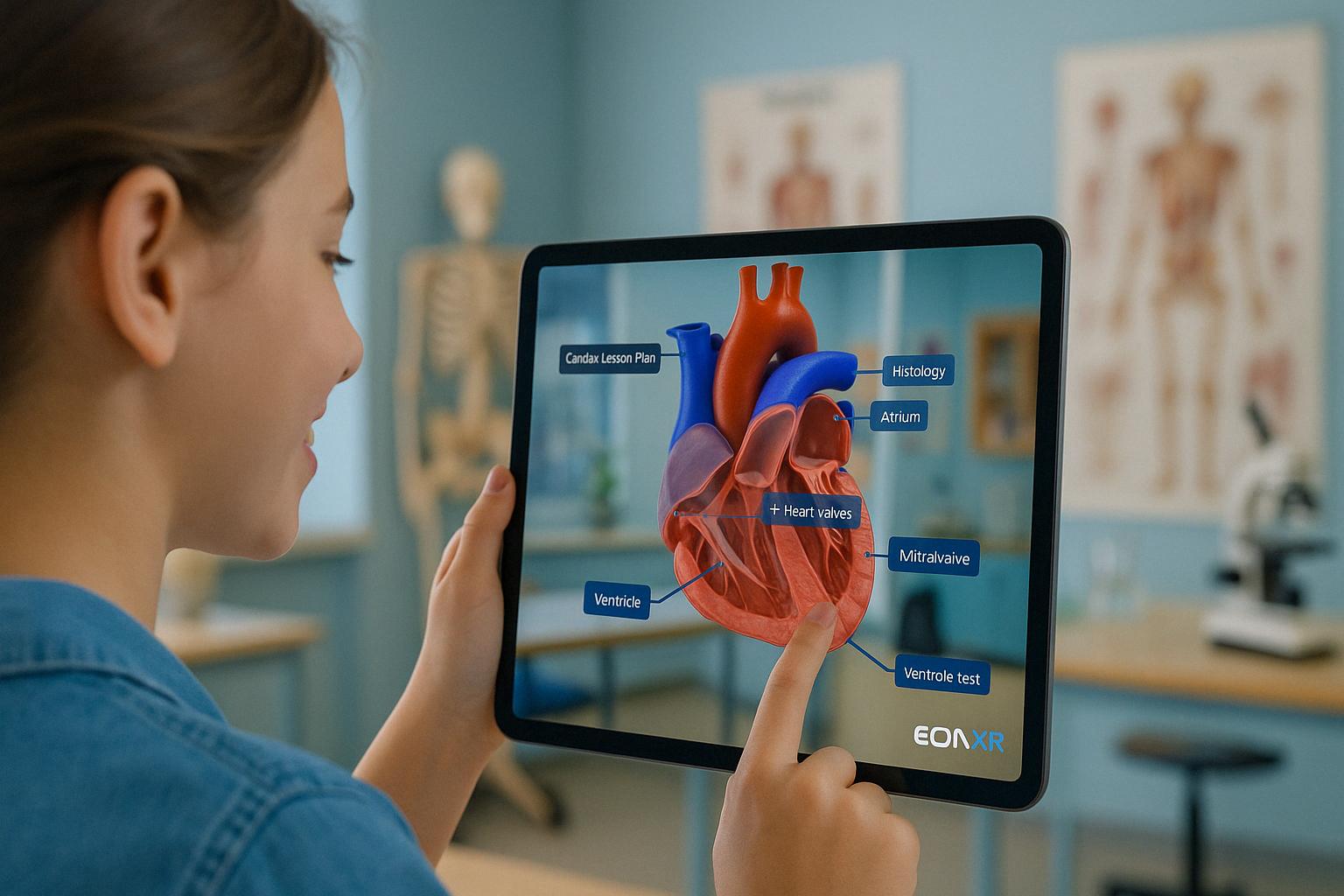As leaders around the world pledge to reduce carbon emissions, one of the most efficient solutions is the development of modern, climate resilient and low carbon district energy systems in cities. Take an immersive walk through a district heating and cooling plant to understand its role in current climate change actions.
District energy is a proven energy solution, with its roots tracing back to heating greenhouses and thermal baths of ancient Rome. Since the launch of the first commercially successful district heating system in the US in the 19th century, many have been implemented in a growing number of cities around the world. They were first used as a response to energy shortages, fuelled by coal and oil-fired central heat generation but progressively converted to combined heat and power, biomass and renewable generation for greater efficiency and sustainability. Today, in some European and particularly Scandinavian cities, almost all required heating is provided through low-carbon district energy networks.
The improved efficiencies and potential for low-carbon fuel sources in district energy systems make them a key part of climate change and renewable energy strategies in many cities. In this lesson, students can learn about the key elements of a district heating and cooling plant and how renewable energies are integrated into the energy network to reduce carbon emissions.
For a full, hands on immersive learning experience, please click here or create your own lesson today with the EON-XR Platform.












